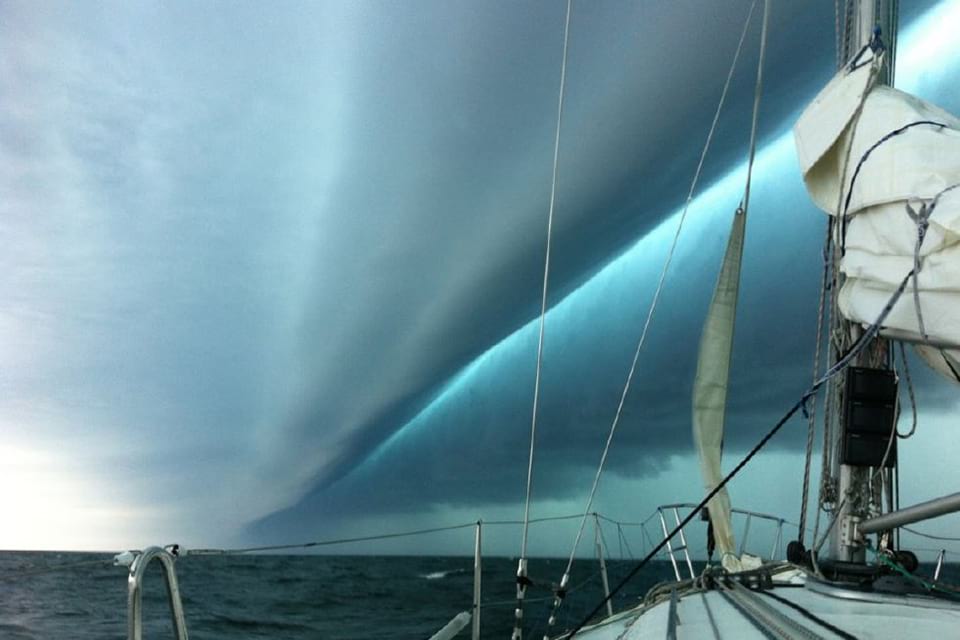
,,,,,,,,,,,,,,,,,,,,,,,,,,,,,,,,,,,,,,,,,,,,,,,,,,,,,,,,,,,,,,,,,,,,,,,,,,,,,,,,,,,,,,,,,,,,,,,,,,,,,,,,,,,,,,,,,,,,,,,,,,,,,,,,,,,,,,,,,,,,,,,,,,,,,,,,,,,,,,,,
Weird Ocean Phenomena
The
National Ocean Service
But strange things happen
in the ocean as a result of weather and currents.
The five events described below are just a few of them.
1.
St. Elmo's Fire
St. Elmo's Fire is a colorful discharge of atmospheric
electricity that typically occurs during a thunderstorm.
When a sharp object (such as a ship’s mast) comes in contact
with an extraordinarily high electrical field and a large number of electrons,
the electrons can glow in various colors, like a neon sign, resulting in this
rare phenomenon.
“St. Elmo” is a derivation of St. Erasmus of Formia, one of the
two patron saints of sailors.
2. Fog “Tsunami”
At first glance, this jarring sight looks like a giant tsunami
rolling in from the ocean, but it’s actually a massive amount of fog.
When conditions are just right in late spring or early summer,
the condensation from warm air merging with cool ocean water can create this
dramatic effect.
3. Meteotsunami
Meteotsunamis have characteristics
similar to earthquake-generated tsunamis, but they are caused by air-pressure disturbances
often associated with fast-moving weather systems, such as squall lines.
These disturbances can
generate waves in the ocean that travel at the same speed as the overhead
weather system.
Development of a
meteotsunami depends on several factors, such as the intensity, direction, and
speed of the air pressure as it travels over a waterbody.
Like an
earthquake-generated tsunami, a meteotsunami affects the entire water column
and may become dangerous when it hits shallow water, which causes it to slow
down and increase in height and intensity.
Semi-enclosed water
bodies like harbors, inlets, and bays can greatly intensify a meteotsunami.
4. Waterspout
A waterspout is a spinning column of air
and mist that forms on lakes, rivers, and at sea. Waterspouts fall into two
categories: fair weather and tornadic.
Tornadic waterspouts are tornadoes that form over water, or move
from land to water. They are associated with severe thunderstorms and are often
accompanied by high winds and seas, large hail, and dangerous lightning.
The tornadic variety are more dangerous than fair weather waterspouts,
which generally are not associated with thunderstorms, and usually form along
the dark flat base of a line of developing cumulus
clouds.
While tornadic waterspouts develop downward in a thunderstorm, a
fair weather waterspout develops on the surface of the water and works its way
upward. Fair weather waterspouts form in light wind conditions so they normally
move very little.
5. Maelstrom
Its name comes from the Dutch words malen (to
whirl or grind) and strom (stream).
A maelstrom can be dangerous due to powerful currents that occur
below the surface, which can pull surrounding objects into its vortex.
Did you know?
The
world’s ocean helps to distribute heat around the globe.
Global
ocean currents act much like a conveyer belt, transporting warm water and
precipitation from the equator toward the poles and cold water from the poles
back to the tropics.
Thus,
currents regulate global climate, helping to counteract the uneven distribution
of solar radiation reaching Earth’s surface.
Without
currents, regional temperatures would be more extreme — super hot at the
equator and frigid toward the poles — and much less of Earth’s land would be
habitable.
The
National Ocean Service
provides data, tools, and services that support coastal economies and their
contribution to the national economy
Our
mission is to provide science-based solutions through collaborative
partnerships to address evolving economic, environmental, and social pressures
on our ocean and coasts.

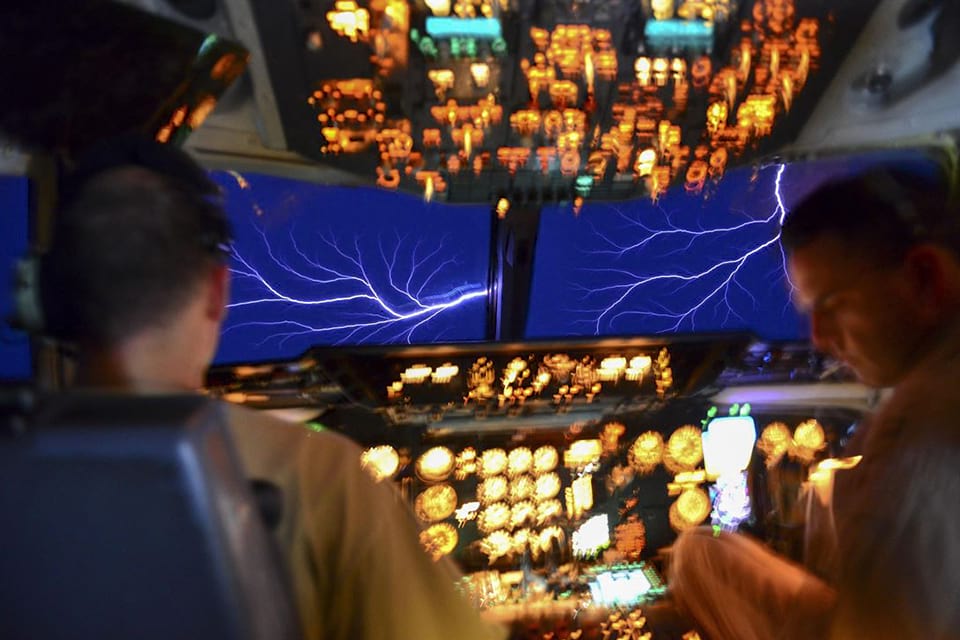
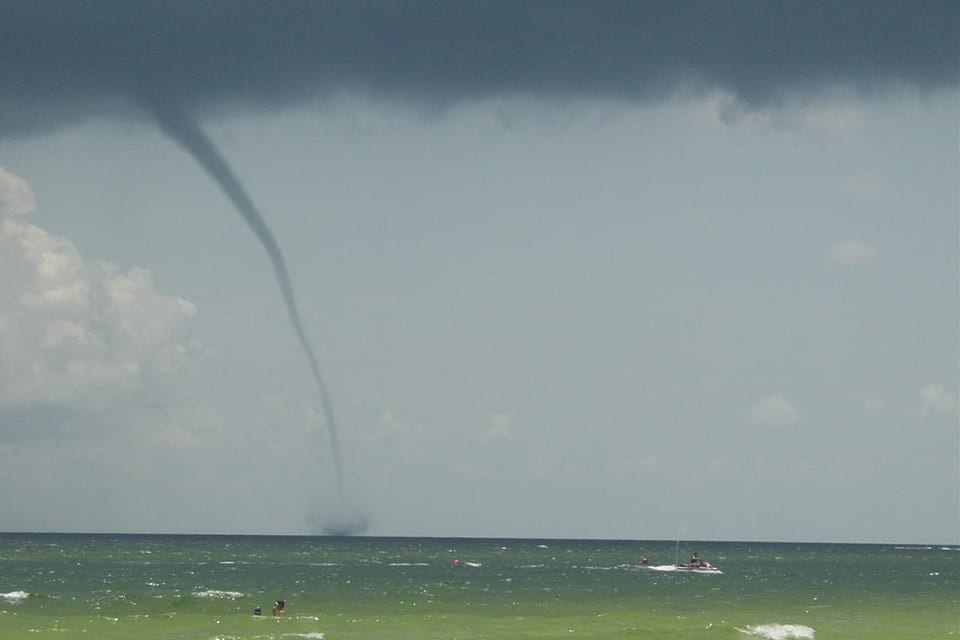
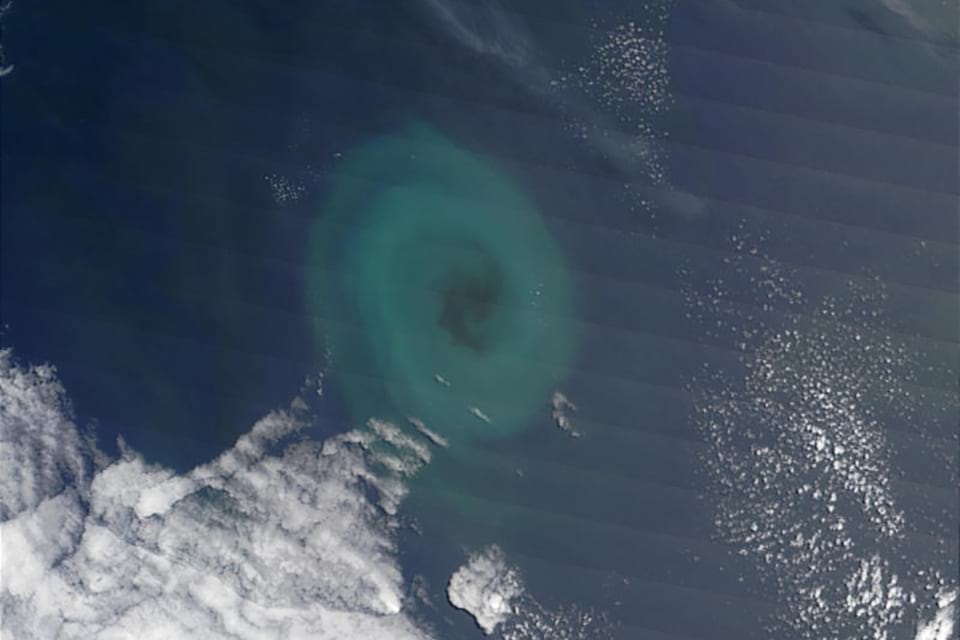
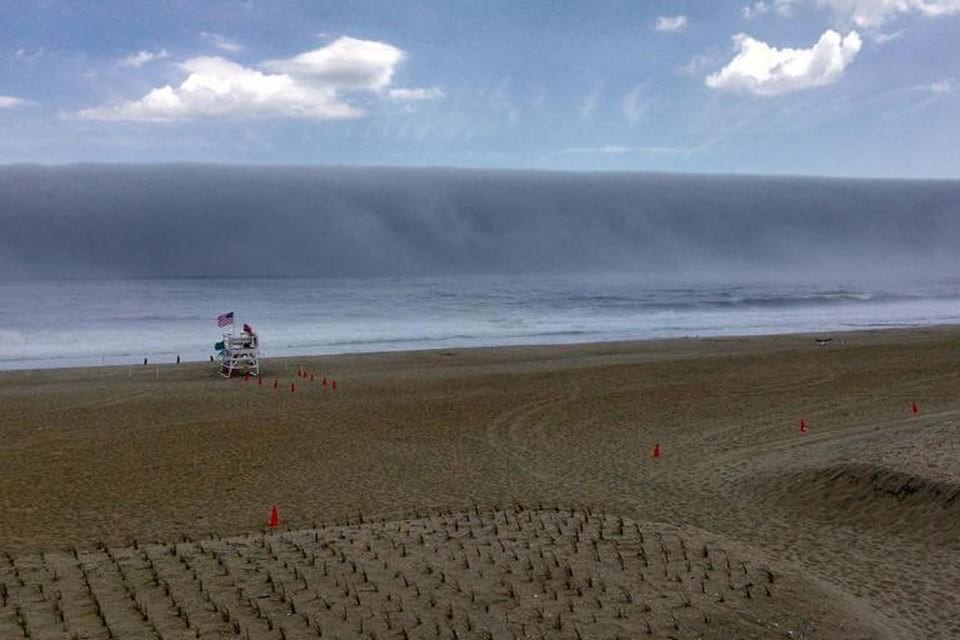
No comments:
Post a Comment